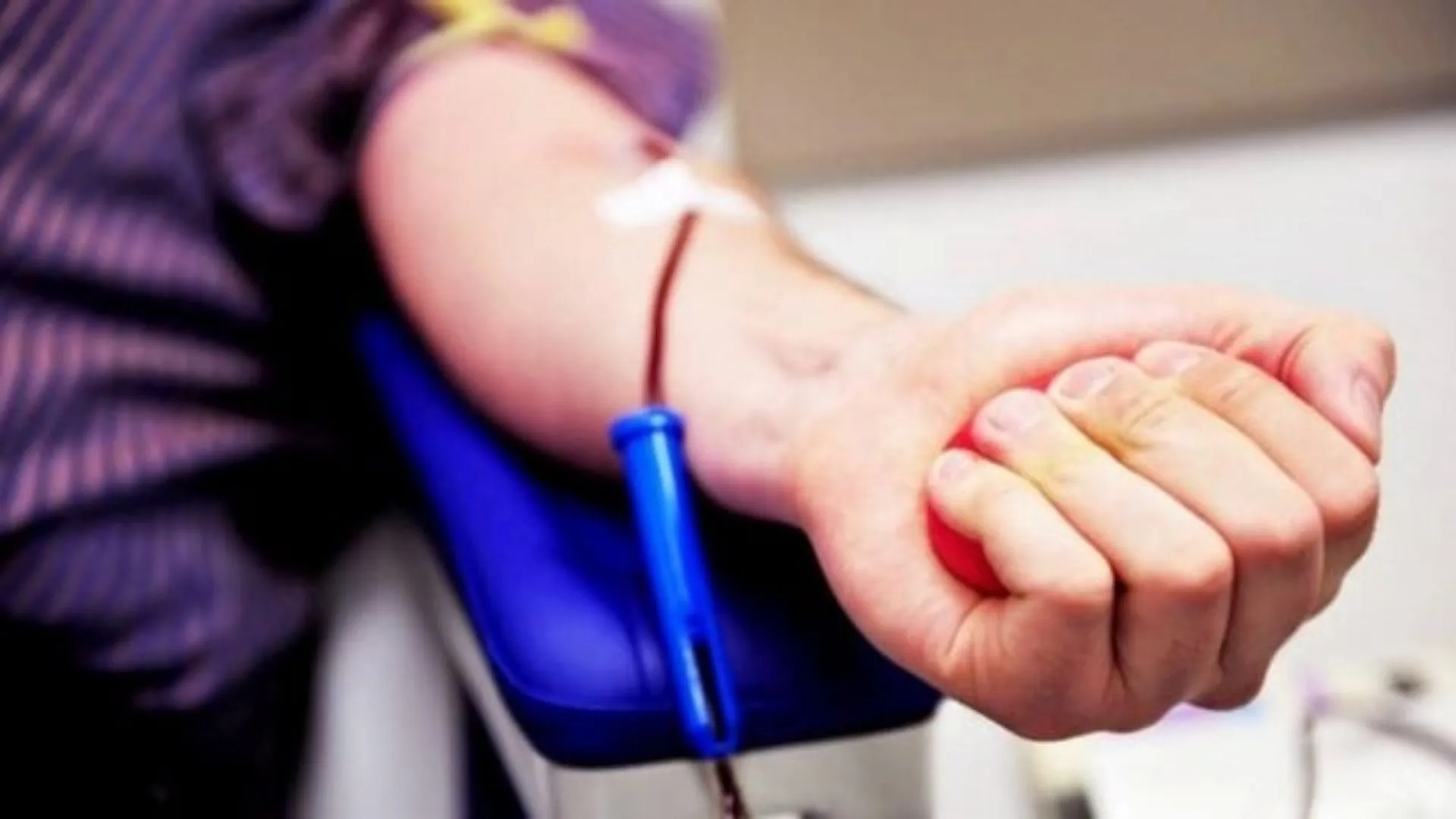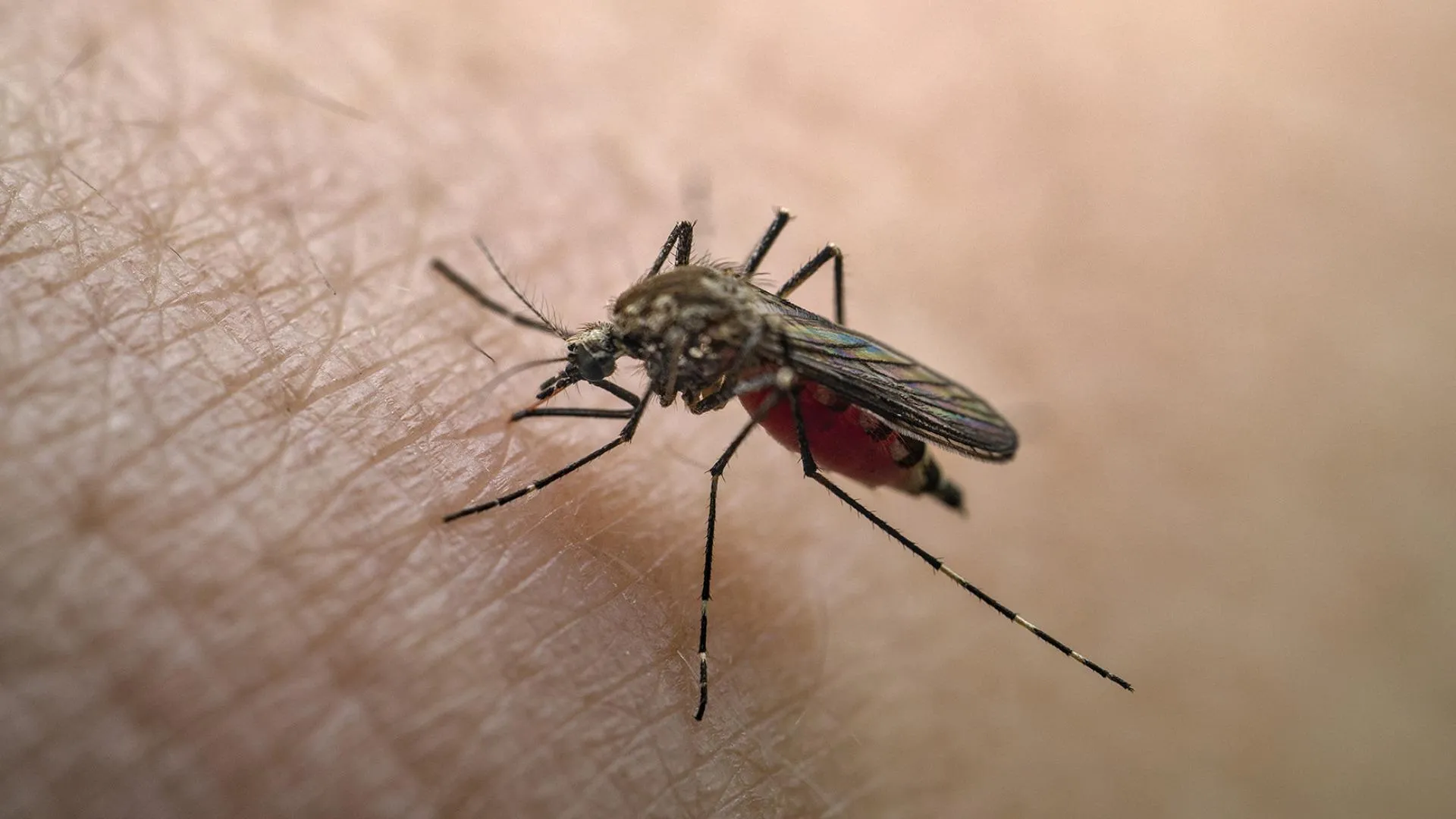In India, obesity has been increasing with about 350 million people fighting the battle against the bulge. There are two types of obesity – general and abdominal. The Indian National Family Health Survey 2019–21 showed that the prevalence of obesity was 13.85% and that of abdominal obesity and 57.71%. Both obesity and abdominal obesity are harmful causing inflammation all over the body, insulin resistance, and abnormal lipid profiles leading to heart disease, diabetes, hypertension, stroke, and many other maladies. Abdominal obesity is more harmful and given that more than half of the Indian population suffers from it, makes it an alarming situation and a major public health crisis.
Traditionally, a healthy moderate diet and exercise have been advocated to both prevent and reduce obesity. Such lifestyle changes are indeed crucial for health. However, increasing levels of stress, decreased sleep, a sedentary lifestyle, consumption of highly processed food, increased cravings driven by a plethora of advertisements, and high consumption of carbohydrates including sugar all contribute to what is called the “obesogenic environment.”
When lifestyle measures fail, people turn to the medical profession for answers and look for magic bullets. While I am not an avid advocate for such measures, when earnest endeavors fall short then these must be resorted to. The medical profession likes to call obesity a disease and has identified that it is the brain that is responsible for it. They say the brain decides how much fat to carry, and that is called the “defended fat mass set point.” So, medications have been discovered to affect the brain, for example, influencing the satiety center (that tells us when we are full) and resetting the set point.
However, unlike other diseases, the choices for anti-obesity medications are rather limited at present. In a country, like the United States, the medications that are available are naltrexone/bupropion, phentermine/topiramate, orlistat, liraglutide, semaglutide, and tirzepatide. Liraglutide and semaglutide are the newer class of drugs called glucagon-like peptide-1 (GLP-1) receptor agonists. Tirzepatide is a much more advanced drug and is more potent as it is both a gastric inhibitory polypeptide (GIP) receptor and a GLP-1 receptor agonist. These newer drugs are also sometimes called “nutrient-stimulated hormone-based therapies.” These are typically used for diabetes but have become popular as anti-obesity drugs as besides stimulating insulin secretion (which is needed for diabetes) they delay the emptying of the stomach. In India, a small fraction of obese patients, are opting for semaglutide and liraglutide as an off-label drug to fight obesity. Oral semaglutide is available under the trade name Rybelsus in different strengths of 3mg, 7 mg, and 14 mg tablets at a cost of INR 3,000-4,000 per strip. The injectable form of semaglutide that is popular in the US is currently not available in India. However, liraglutide (Victoza) as an injectable is available in India which costs about INR 5,000 per piece.
According to several trials in the US and anecdotal experiences of many users, these drugs do result in significant reductions in weight. However, the obvious downside of these medications is the cost of the drug which is prohibitively expensive. Another downside is the side effects and adverse reactions. While commonly these are restricted to an upset stomach, more serious ones also do occur.
Hence, these side effects must be carefully weighed before starting these medications and must be taken under the prescription and supervision of a well-qualified physician. Furthermore, the dictum of starting with a low dose should be adhered to, and gradual increases made. The other important downside is that it is a lifelong treatment and stopping these medications can lead to rebound weight gain. This happens with any weight loss program whereby maintenance of weight loss is a big challenge. Current research is not clear whether the benefits accrued during the time these drugs were taken and subsequent weight loss achieved during that period have any significant health impacts.
To summarize, these drugs should not be prescribed for every patient and each case must be individually decided in consultation with the patient discussing the pros and cons.
For some diet and exercise may be the correct decision, for others (mainly morbidly obese) bariatric surgery may be the choice, while for some medications may be the correct approach.
Dr. Manoj Sharma, MBBS, MS, Ph.D., MCHES® is a public health physician and a health educator who regularly writes on medical, health, and wellness topics. He is currently a Professor and Chair of the Department of Social and Behavioral Health at the University of Nevada, Las Vegas (UNLV), and holds an Adjunct Professorship in Internal Medicine at UNLV.























